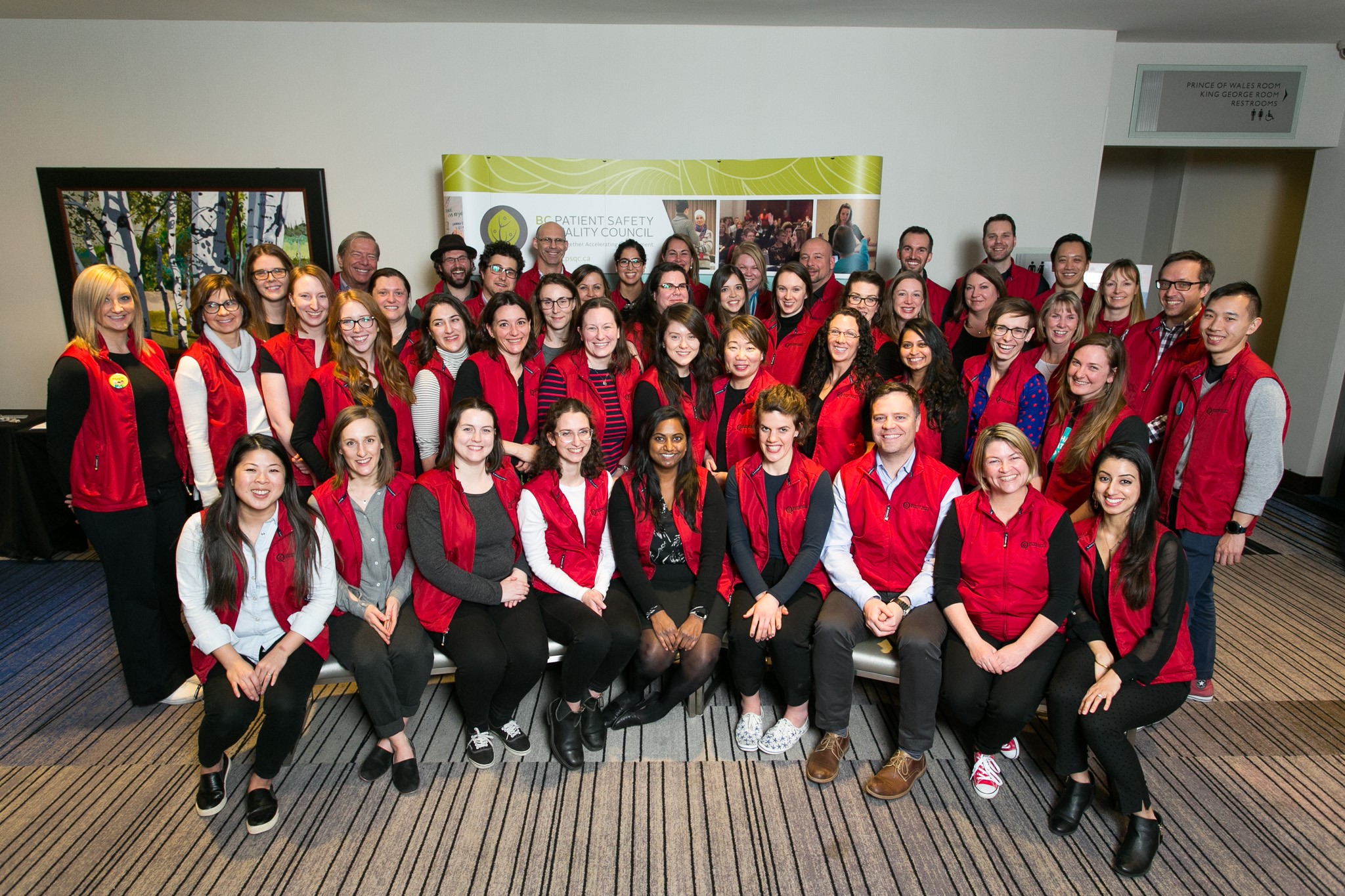Posted • Last updated
Closed
Open to Fraser – Vancouver Coastal, Patient partners in the Lower Mainland and Fraser Valley
Last updated
According to recent reports, BC is home to about 678,000 people 65 and over. By 2020, that number is expected to grow to 984,000, and by 2036 there will be nearly 1.5 million older adults in BC. With the population of older adults increasing, the number of people choosing assisted living will continue to grow. In order to understand the unique challenges of promoting assisted living residents’ quality of life and engagement, a team of researchers are looking for patient partners to contribute their insight as they develop a study of attitudes, beliefs and behaviour towards quality of life.
Open to: Patient partners in the Lower Mainland and Fraser Valley
Lead Organization or Department
Gerontology Research Centre at Simon Fraser UniversityAim
The goals of this study are to:- develop suggestions for improving activity programs and delivery for older adults in assisted living residences; and
- understand how residents in assisted living settings engage in activities in everyday life.
- provide insight and develop suggestions for study questions and interview questions;
- assist with interpreting the results; and
- help translate study-related documents to simple, easy-to-understand language.
Level of Engagement
This opportunity is at the level of collaborate (at a local community of program level) on the spectrum of engagement (www.iap2.org). The promise to you is that the research partner will work together with you to formulate solutions and incorporate your advice and recommendations into the decisions to the maximum extent possible.Eligibility
If you have a strong interest in this work but have not yet completed a PVN orientation and volunteer agreement, are unsure if your experience is a good fit or feel another format of engagement would work better with your availability, please contact Jami Brown directly.Logistics
- Vacancies: 3 (caregivers who have supported patients residing in assisted living or patients who have resided in assisted living)
- Date/time: The first in-person meeting will take place end of August and then the meetings will take place in-person or via teleconference
- Commitment: Average 2 hours/month, for 7 months to 1 year
- Location: Via telephone and in-person, in the North Surrey area
Reimbursement
Preapproved expenses related to travel to in person meetings will be reimbursed (including mileage, parking, tolls and/or public transit).Background
Previous research acknowledged that quality of life is an important outcome of care in assisted living residences. For example, participation in yoga classes of residents in assisted living homes has been shown to be associated with their level of well-being (Chen et al., 2010). However, little research has examined residents’ participation in activities more holistically, such as what types of activities residents participate in a day (e.g., self-care, social, recreational, productive), how much time they spend on each type of activities; how they prioritize activities and why; how satisfied they are with the variation in the types of activities; and how the variation influences their quality of life. It is particularly important to explore the meanings that residents ascribe to their activities in assisted living settings because those meanings determine their satisfaction with their residential lives. Some older adults may devote a significant amount of time to psycho-social activities that they find mitigate their feelings of loneliness, which in turn sustains their mental health and well-being (Milligan et al., 2015), while others may spend a great amount of time on physical activities to maintain their physical health and well-being. Understanding what an ideal mix of activities looks like for older adults in assisted living residences and what meanings are ascribed to each activity as well as the variation in activities will help residential service providers, community service providers, and health care providers to promote quality of life and well-being in older adults in assisted living residences. References Chen, K.-M., Chen, M.-H., Lin, M.-H., Fan, J.-T., Lin, H.-S., & Li, C.-H. (2010). Effects of Yoga on Sleep Quality and Depression in Elders in Assisted Living Facilities. Journal of Nursing Research, 18(1), 53–61. http://doi.org/10.1097/JNR.0b013e3181ce5189 Milligan, C., Neary, D., Payne, S., Hanratty, B., Irwin, P., & Dowrick, C. (2015). Older men and social activity: a scoping review of Men’s Sheds and other gendered interventions. Ageing and Society, (May), 1–29. http://doi.org/10.1017/S0144686X14001524Health Care Partner Contact Information
Jami Brown
Engagement Leader, Patient and Public Engagement | Fraser Valley
604.510.0449
jbrown@bcpsqc.ca

